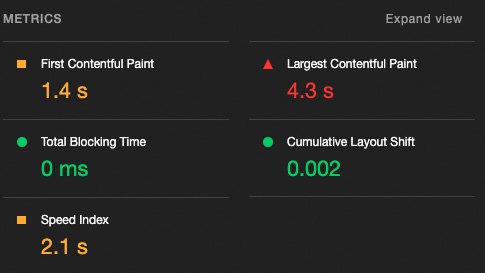Keyword Research
Boost your search visibility and relevance through comprehensive keyword research. I can perform an in-depth keyword audit to uncover strengths and address content gaps. By refining keywords, title tags, and meta descriptions, your website will better align with user intent and enhance its search rankings. Developing a keyword map and analyzing competitor strategies will reveal fresh opportunities.
Assessing website Health
When conducting a website health audit, I begin by reviewing several key areas to ensure the best performance. Here's what I assess and how I approach it.
Table of contents
Set up and Review Google Search Console
The first step of the audit involves ensuring Google Search Console is properly set up, gathering the expected insights, and identifying any potential issues. The goal of this is to confirm that the important pages of your website are indexed by search engines. I’ll verify that the XML sitemap is correctly configured and review the insights provided. From a web health perspective, Google Search Console will highlight any performance issues for both mobile and desktop by tracking your “core web vitals”. You can also confirm that your pages are being indexed without problems. You can get alerted on any issues and easily communicate to Google once you’ve fixed the changes. You can also get some interesting and useful information about the queries that people use to find your site, along with the impressions and click through rate (CTR) those terms get.
Run a Screaming Frog Audit
I’ll generate a report using Screaming Frog, a great tool for assessing the overall state of a website. It provides a view of key elements like page titles, meta descriptions, H1s, and more, ensuring they align with best SEO practices. Screaming Frog is also invaluable for identifying primary keywords, checking for duplicate content, and verifying the presence of alt tags. Additionally, it excels at flagging and prioritizing potential website issues including broken links, offering detailed reports for further analysis and optimization.
How to Create broken link reports
Fixing broken links is important as it helps improve user experience along with boosting search engine crawling and a number of other things. When doing an audit, I’ll usually use two tools to assess this: the first is Screaming Frog and the second is SEM Rush. Usually the results are very similar however sometimes if there are issues with crawling your website with one of the tools the other can find any issues. If you’re wanting to get your hands dirty or are just curious about how it works, here is a really helpful article about how to find broken links using the Screaming Frog SEO Spider.
Review Website Performance with Lighthouse
Lighthouse is a powerful tool for gaining detailed insights into your website’s performance. While it shares some similarities with Screaming Frog and Google Search Console, it excels at pinpointing issues related to site and server speed, SEO, accessibility, and overall website performance. In my WordPress work, Lighthouse has been invaluable for diagnosing mobile site speed issues. Beyond addressing image size, it highlights opportunities for code minification and other optimizations that can improve speed on both mobile and desktop. It’s a resource for identifying and resolving these performance bottlenecks.
You can see what the scores are from a lighthouse audit. You can see the performance score is 71/100. Looking at the metrics, the data is based off five attributes: First Contentful Paint (LCP), Largest Contentful Paint, Total Blocking Time, Cumulative Layout Shift and Speed Index. I won’t get into the details here, but the LCP is in the red. This stat is critical for measuring when the main content of the website has been loaded so there is some sort of delay here. Many jump to the conclusion that large images is the crux of the issue and though that may be partially true, other things such as code optimization (minification) can significantly improve these scores if they are in the red and yellow. Lighthouse also does separate audits for mobile and desktop as some of the stats for performance are usually different for both platforms.
improve website structure and URL efficiency
It’s super important that the url structure of a website has a logical hierarchy. The URL’s should include the keyword that was defined by the page and should be clean, descriptive and user-friendly. it supports keyword targeting, improves crawl efficiency ensuring all important pages are discovered. This also helps with better internal linking and minimizes duplicate content issues which is helpful for search engines to know which pages to prioritize.



